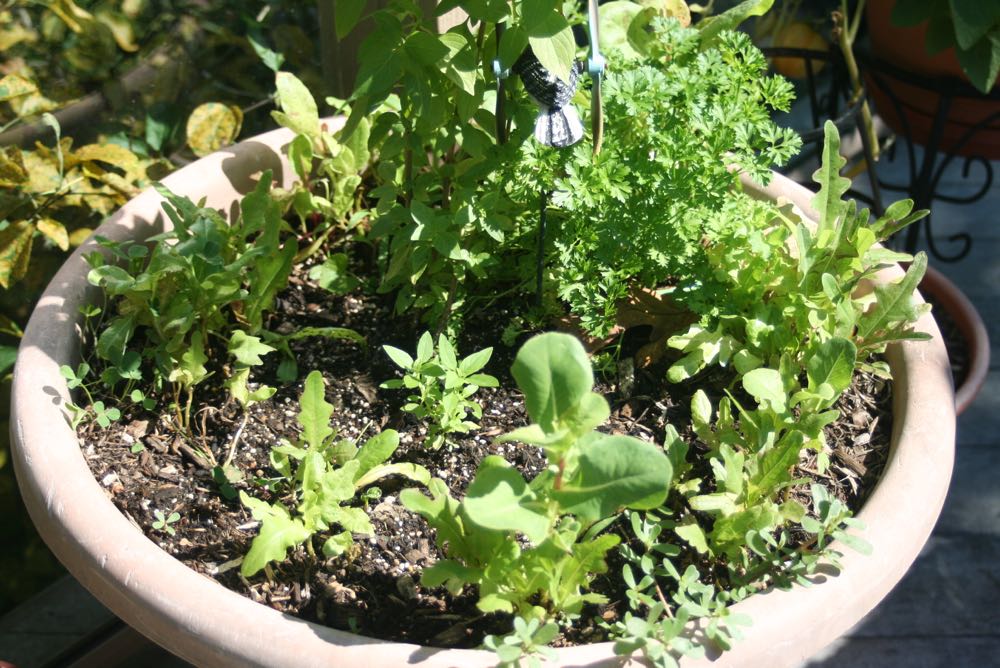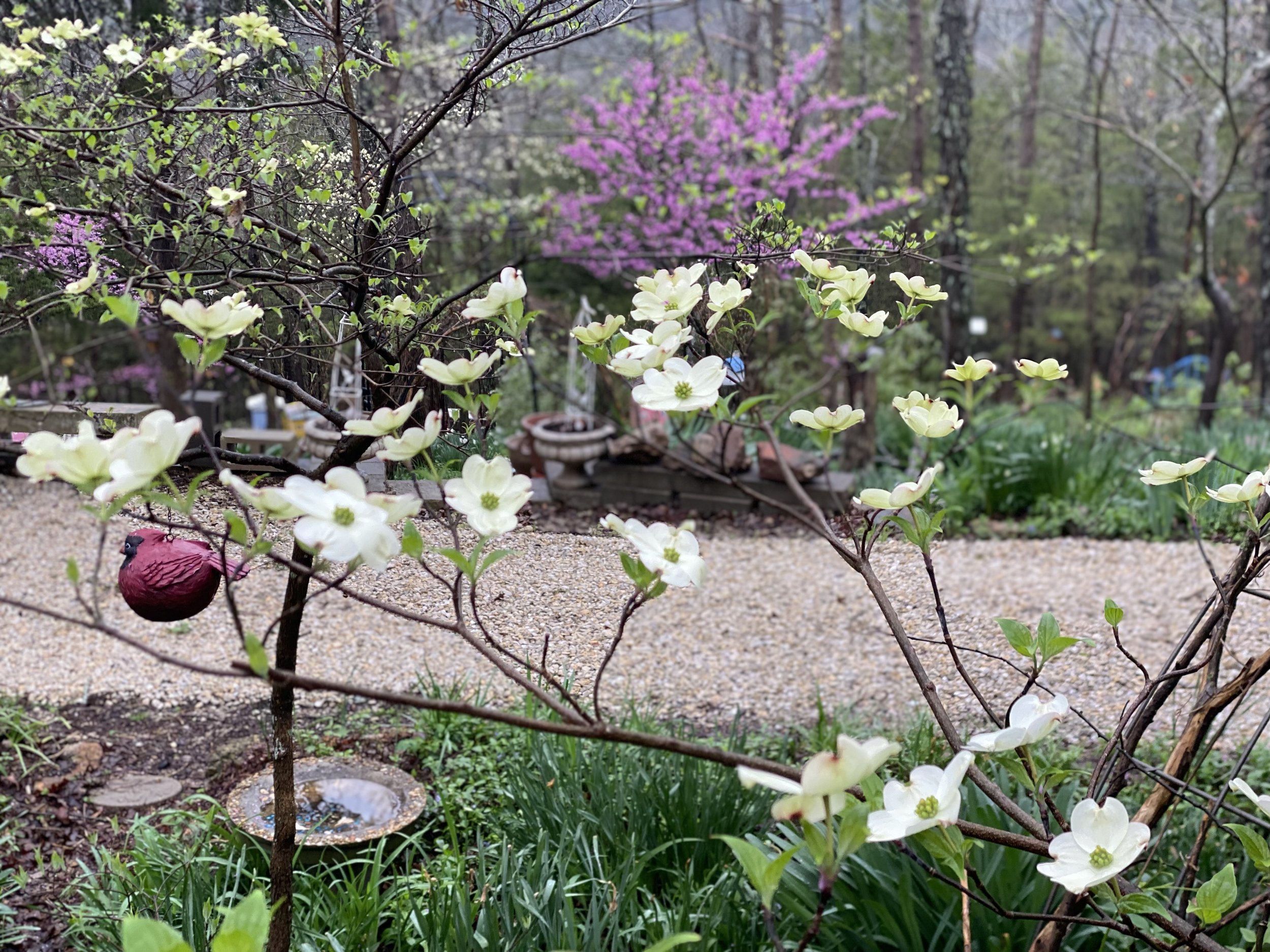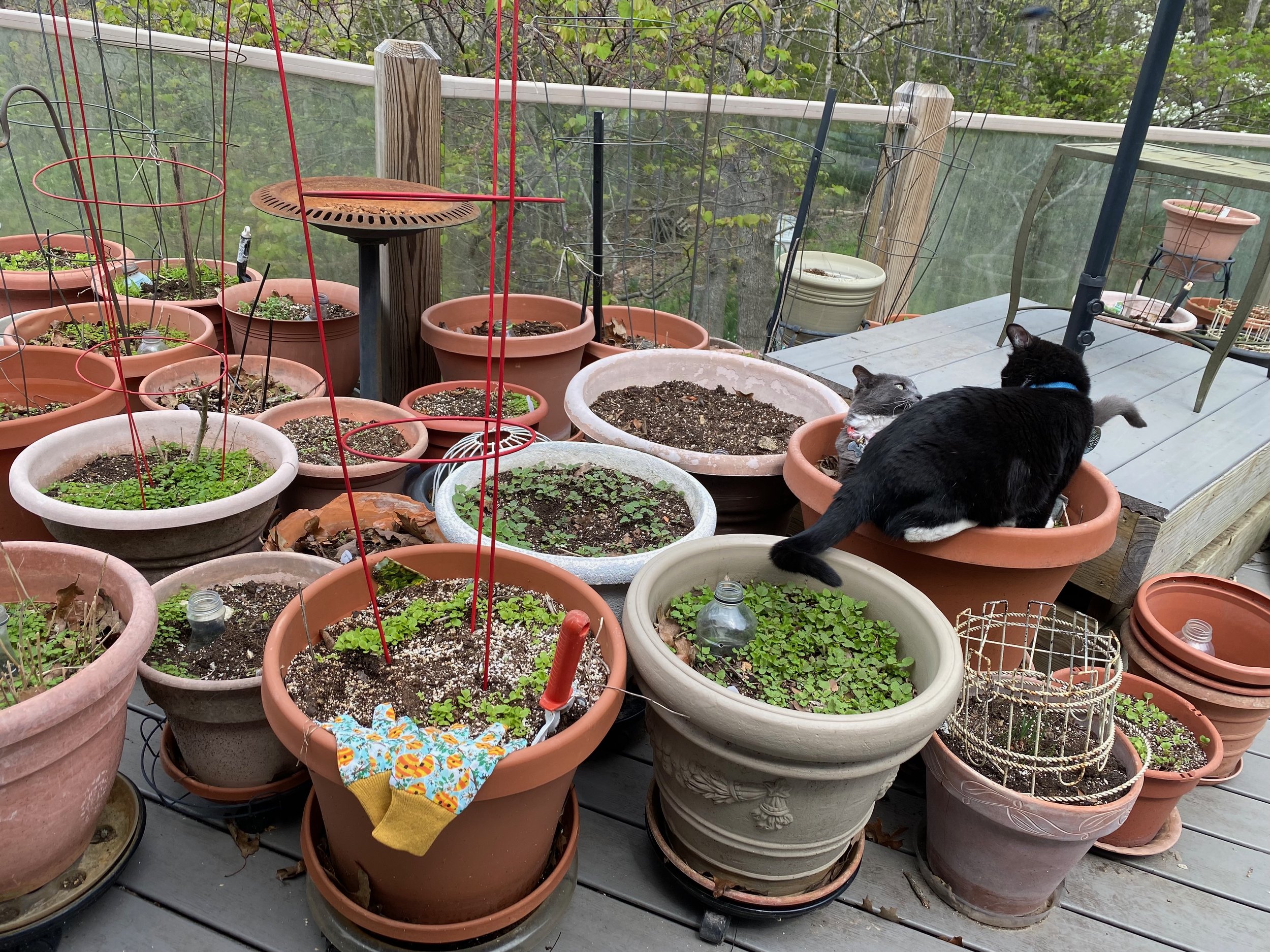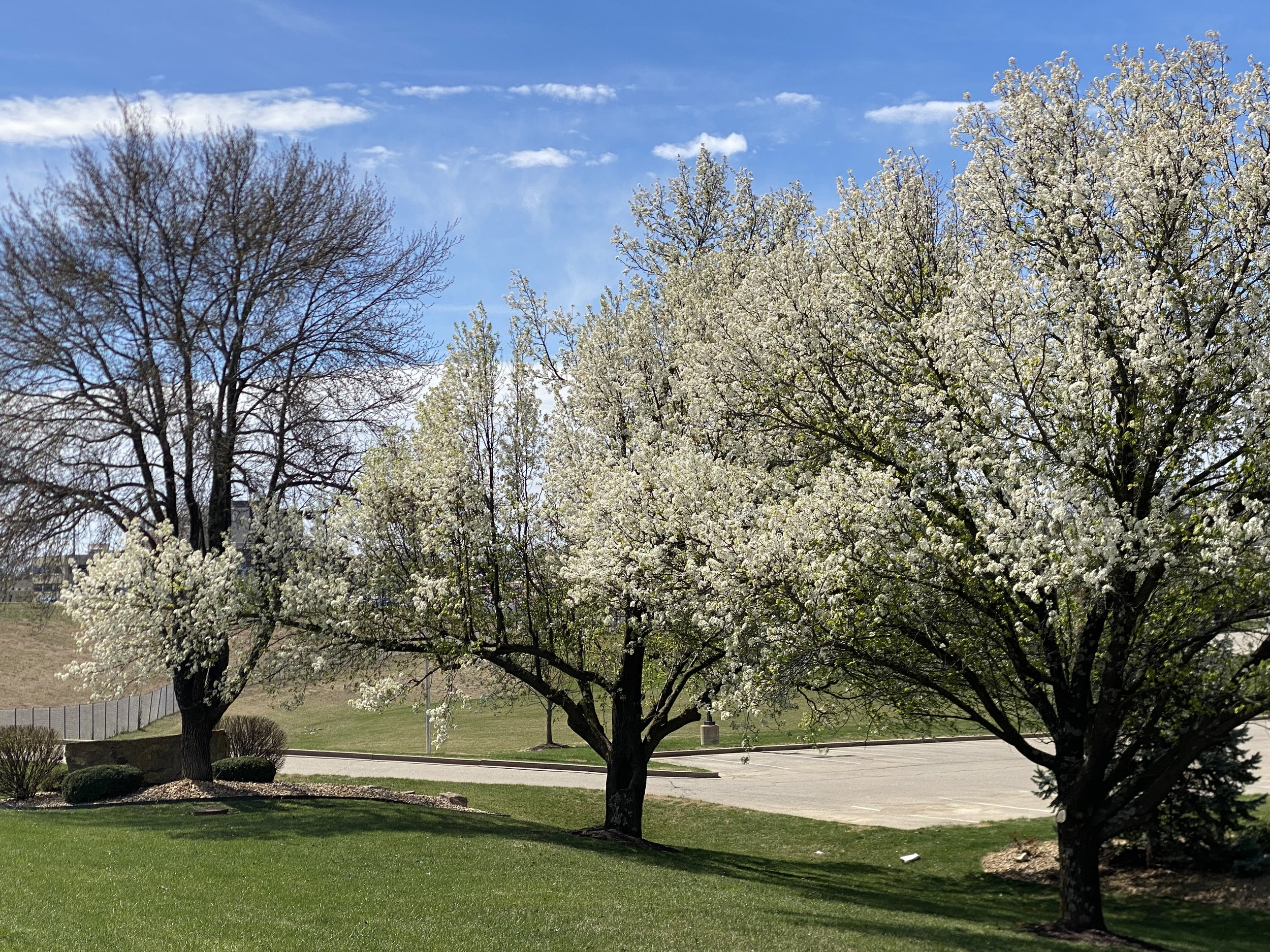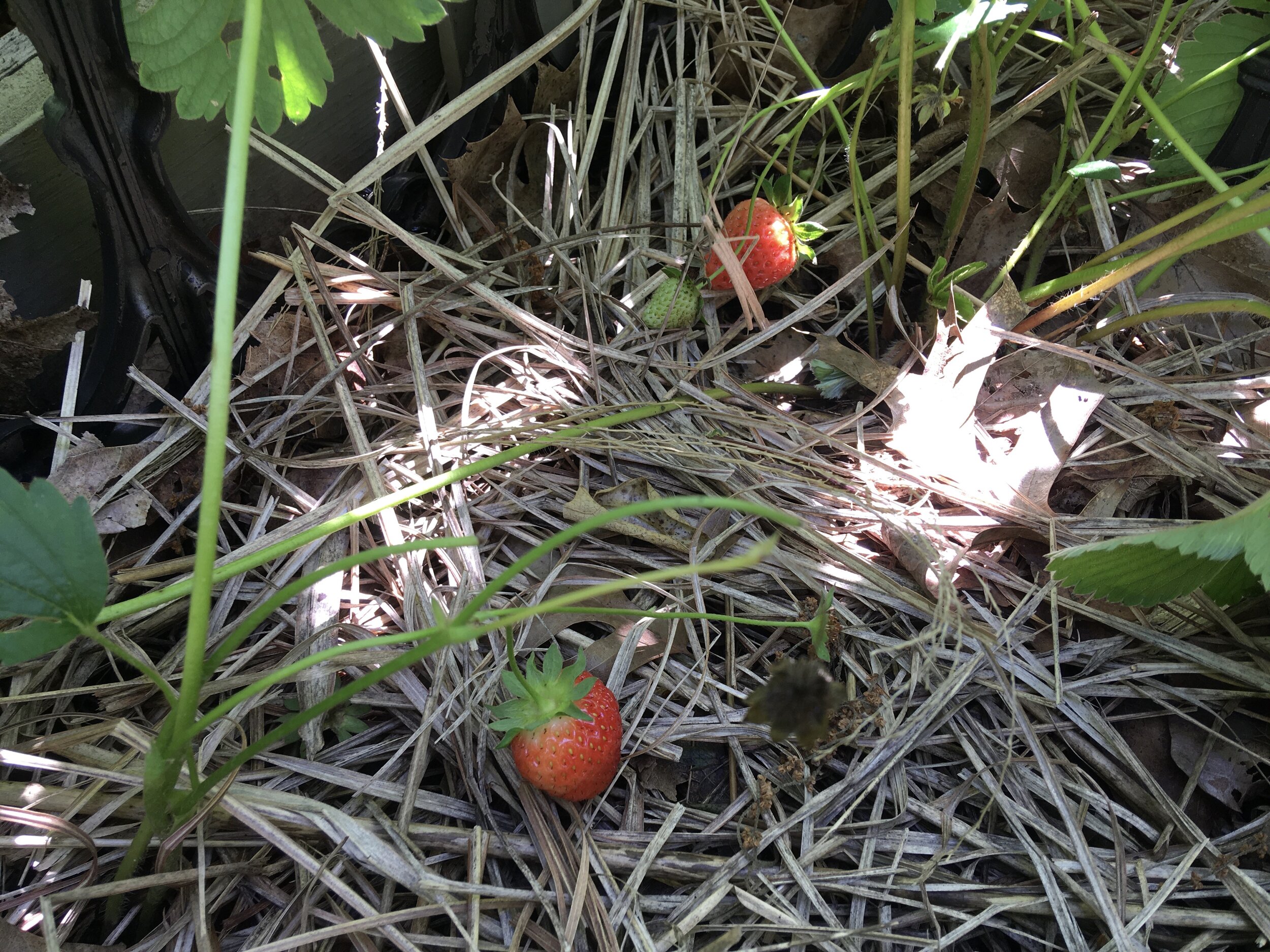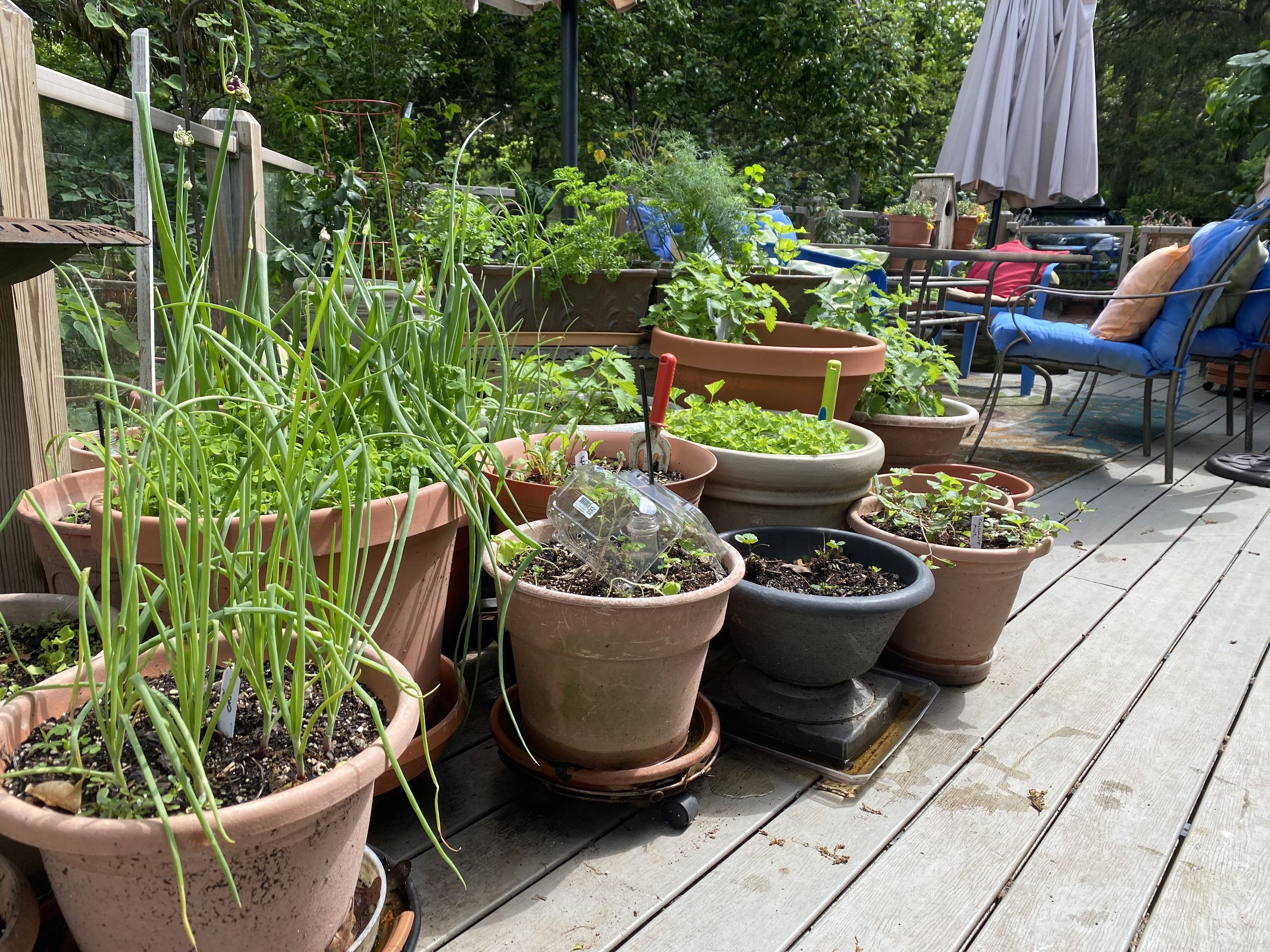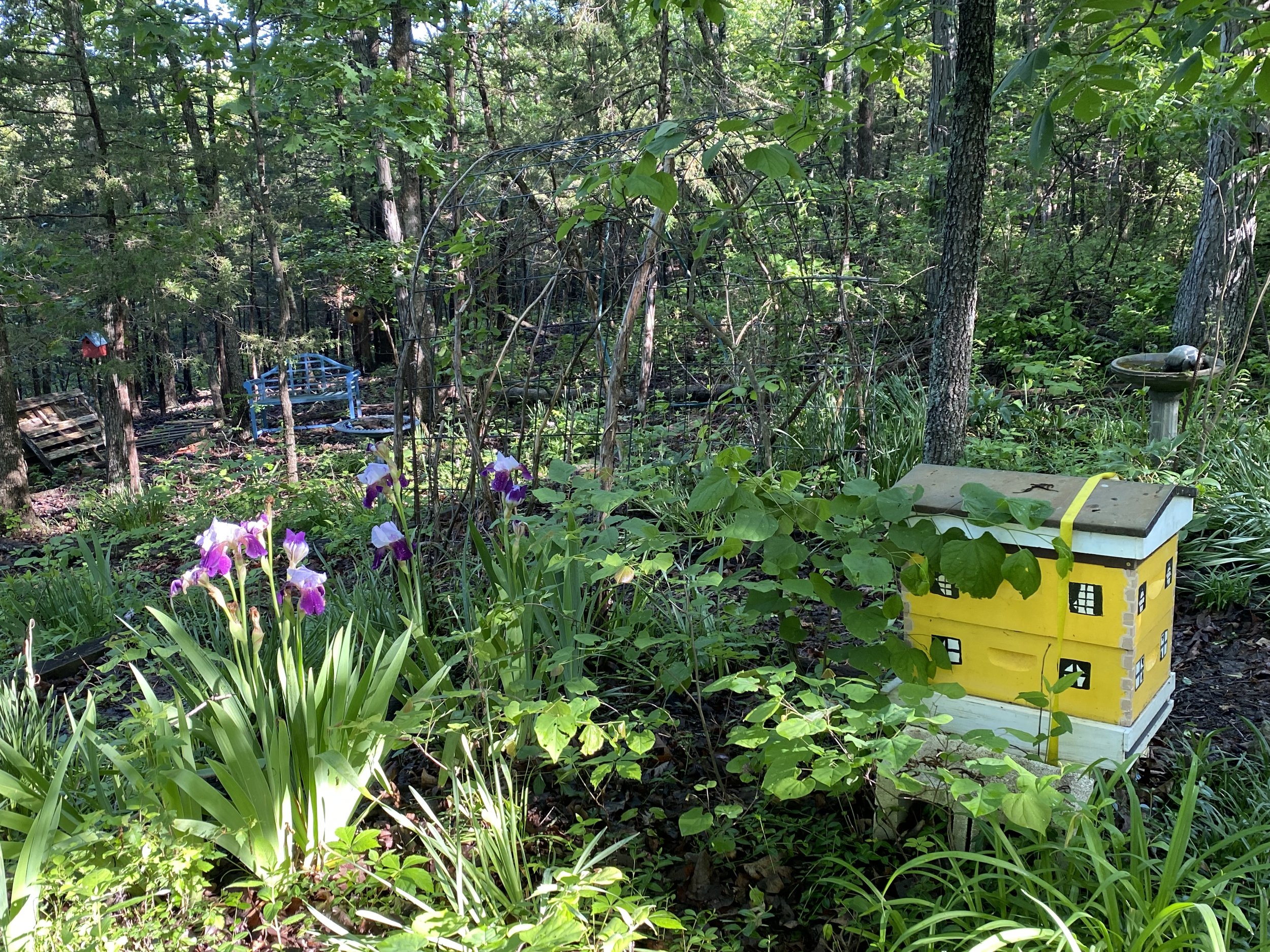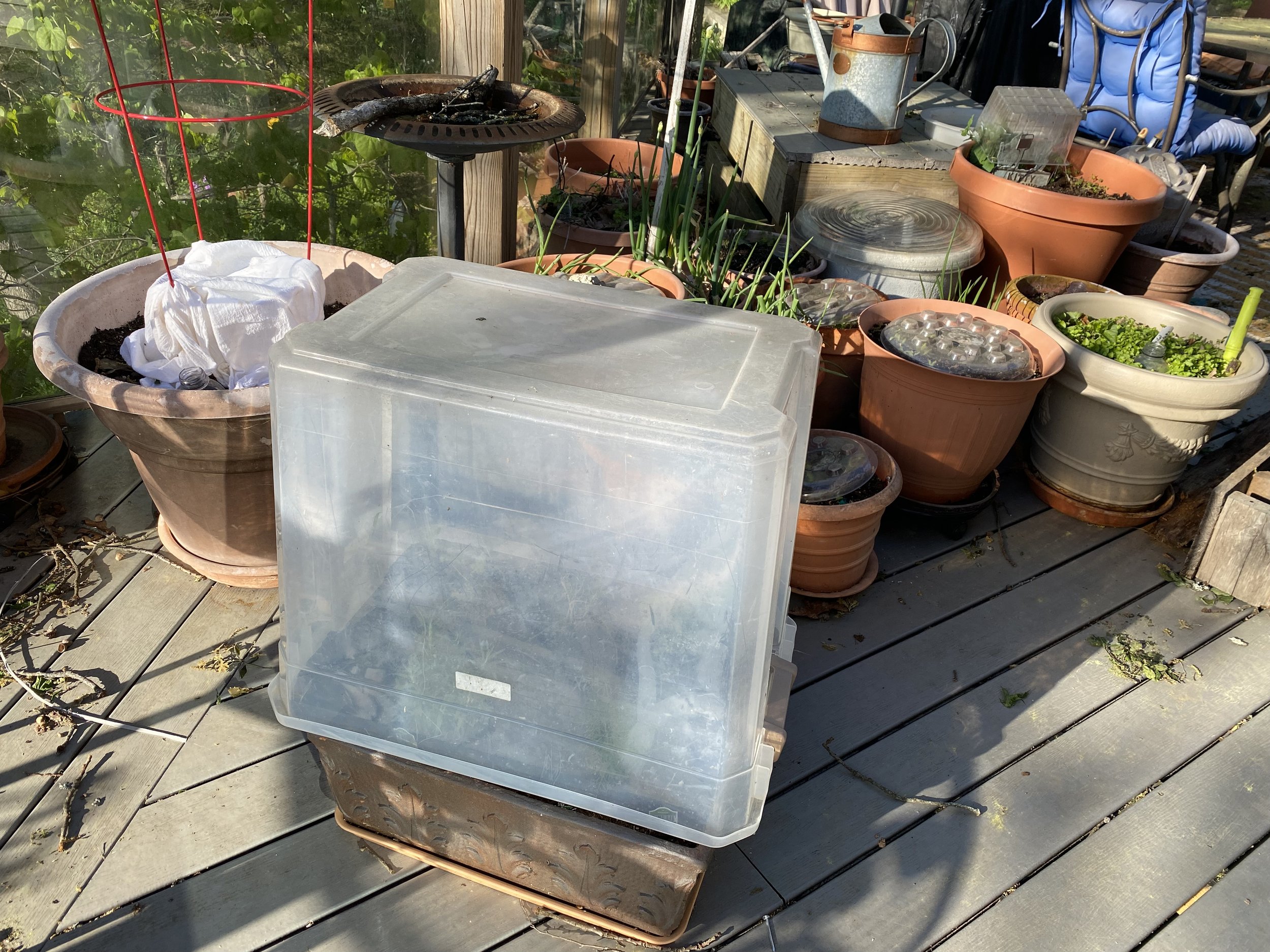Planting Surprise Lily Bulbs
/Dried surprise lily bulbs ready to be planted, they look similar to daffodil bulbs.
"We couldn't find any bone meal...so we settled on some bulb fertilizer. I mixed a tablespoon in each of the 34 holes I dug before I deposited the Pink Lady bulb. "A" told us a week ago she is already seeing the greenery coming up. Should she top dress or side dress with the bulb fertilizer? If so when, how much and where?" -- Kenny
Planting Surprise Lily Bulbs
Hi Kenny,
That's exciting, means the bulbs are settling in well, that's not a garden surprise, is it?
No, if you added bulb fertilizer in the bottom of the holes before planting that should be enough. Leave the bulbs alone until you start seeing little buds on stalks popping up.
Surprise lily buds start growing mid-July in my Missouri hillside garden.
Once the greenery is up, let it go through its full cycle and turn yellow, don't cut it or remove the greenery, that's how the bulbs build up their energy.
I plant surprise lilies in flower beds where other flowers help to cover them as they die down.
I tend to plant mine with other plants around them so they cover up the greenery as it dies back.
We should have a good year for surprise lilies, the cold temperatures will trigger the growth.
The cold temperatures winter 2017-2018 will set the bulbs to blooming later this year.
Enjoy!
Charlotte











































